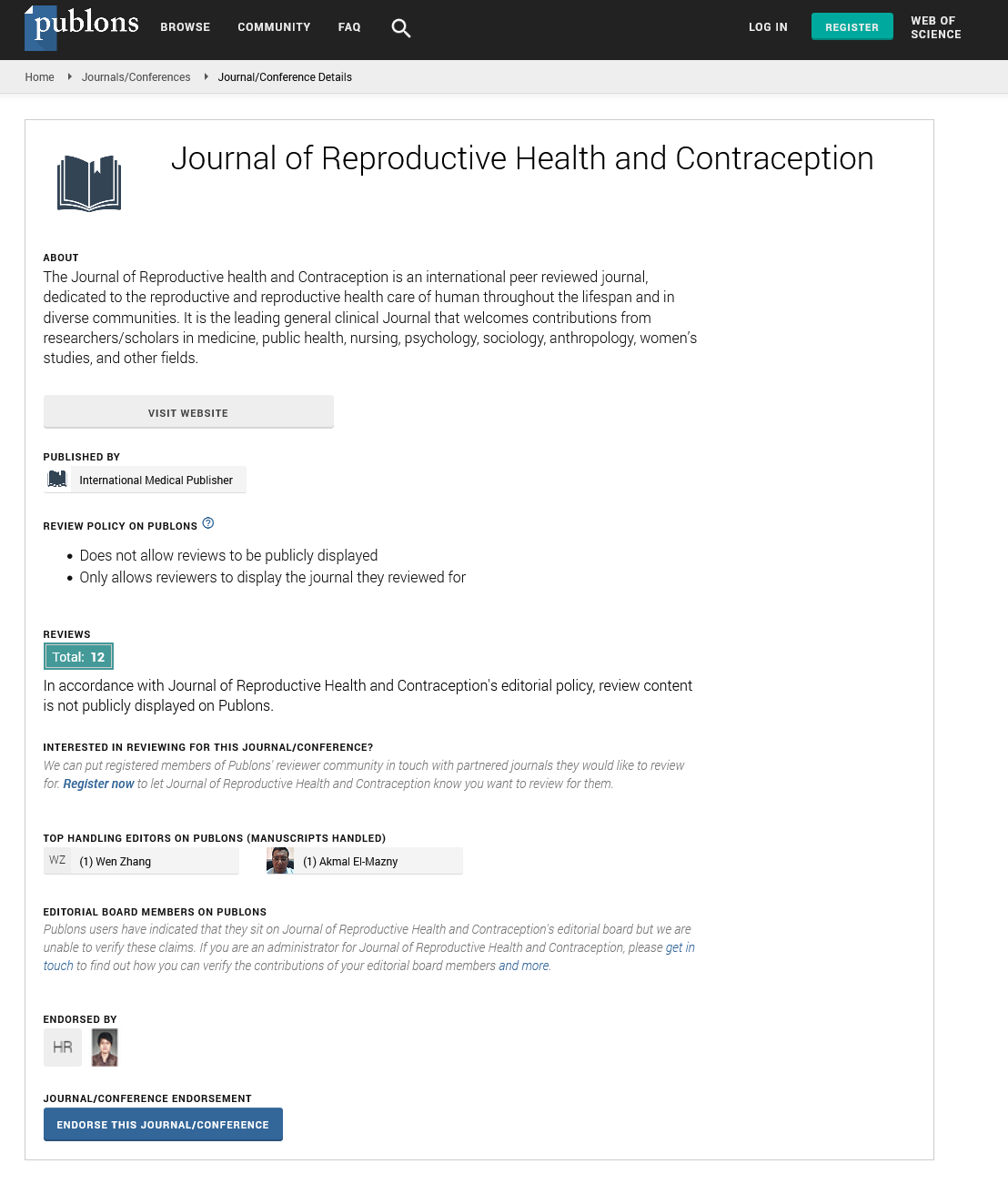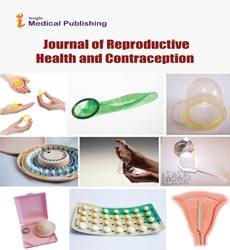Abstract
The effect of maternal overweight and obesity on third trimester hemorrhages
Background: Worldwide there has been a dramatic increase in the prevalence of overweight and also obesity was recently described by the World Health Organization (WHO) as one of the most blatantly visible but most neglected public health problems that threaten to overwhelm both developed and developing countries. Obese women have a higher risk of complications during pregnancy and delivery. Actually, maternal obesity is a serious problem in obstetric-gynecological practice in the world. Some of the studies showed antenatally, obesity increases the risk of adverse pregnancy outcomes. We performed a population-based study on a cohort consisting of Iranian women to estimate the association between overweight and obesity third trimester hemorrhage.
Method: A prospective cohort study was carried out on 2156 pregnant women with singleton gestations from the first trimester to delivery. The study was conducted among pregnant women receiving prenatal care in centers under the coverage of Shahid Beheshti University of Medical Sciences. Third trimester hemorrhage were identified in normal weight (body mass index [BMI] 18.5–24.9 kg/m2), underweight (BMI <18.5 kg/m2) overweight (BMI 25.0–29.9 kg/m2,), moderately obese (BMI 30.0–34.9 kg/m2), and severely obese (BMI ≥ 35.0 kg/m2) pregnant women and were compared according to the level of obesity.
Results: The final study population consisted of 2156 women, 45.9% being normal weight, 5.7% underweight, 35.3% overweight, 10.3% moderately obese I, and 2.9% severely obese. Third trimester hemorrhage were significantly higher in severely obese compare with normal weight [0.5% (n=5) normal weight and 4.1% (n=2) severely obese], p<0.005]. There was a positive correlation between mother and birth weight (p<0.000)
Conclusion: Maternal obesity is associated with an increased risk of third trimester hemorrhage. Taking into account the high risk of adverse pregnancy outcomes associated with obesity, it is necessary to develop therapeutic and diagnostic measures and implement dynamic monitoring of pregnant women to minimize these risks.
Author(s):
Sima Nazarpour and Fahimeh Ramezani Tehrani
Abstract | PDF
Share this

Google scholar citation report
Citations : 201
Journal of Reproductive Health and Contraception received 201 citations as per google scholar report
Journal of Reproductive Health and Contraception peer review process verified at publons
Abstracted/Indexed in
- Google Scholar
- China National Knowledge Infrastructure (CNKI)
- WorldCat
- Publons
Open Access Journals
- Aquaculture & Veterinary Science
- Chemistry & Chemical Sciences
- Clinical Sciences
- Engineering
- General Science
- Genetics & Molecular Biology
- Health Care & Nursing
- Immunology & Microbiology
- Materials Science
- Mathematics & Physics
- Medical Sciences
- Neurology & Psychiatry
- Oncology & Cancer Science
- Pharmaceutical Sciences


